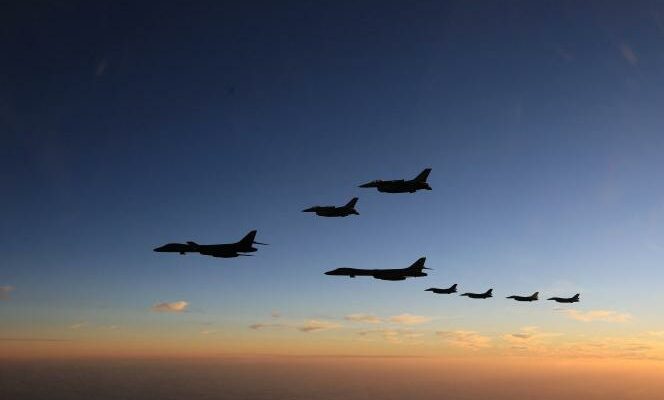En December 2022, Japan took a new step by deciding to openly break with its strictly defensive principles: as part of its new “security strategy”, it is preparing to double its military budget and buys usable American missiles from preventive way. Over the years, Japan has become, despite its peaceful Constitution, a military power. Long in retreat, it now appears as a full partner of the Western camp. The limits of its diplomatic room for maneuver are no less apparent.
Under pressure from NATO to increase its support for Ukraine, Prime Minister Fumio Kishida had to recall that Japan is bound by the “ three principles” dating from 1967: not to export arms to communist bloc countries, countries under international embargo or those involved in conflicts. Although relaxed, these principles remain very restrictive.
Mr. Kishida is the only leader of the Western camp not to have traveled to kyiv to show his solidarity with President Volodymyr Zelensky. Japan, located in a region where, from India to Southeast Asia, actors prefer to refrain from identifying with one camp at the risk of being drawn into a confrontation between blocs, remains cautious. “Going to kyiv would only underline Japan’s position on the eve of the G7” (which he is to welcome in May in Hiroshima), estimates a government source quoted in the daily Asahi Shimbun February 22.
Low Profile Symptom
The lack, “because of the parliamentary debates”, of Japanese Foreign Minister Yoshimasa Hayashi during a meeting between his G20 counterparts in New Delhi on March 2 was noticed and could be a symptom of the low profile adopted by Japan.
On the geostrategic level, on the other hand, Tokyo is actively participating in the redeployment of the forces of the United States and its allies along the garland of the large archipelagos which extend in an arc of a circle facing China, from Hokkaido to the Philippines passing by Taiwan.
After giving US forces access to four new military bases in the Philippines – in addition to the five already open to them – President Ferdinand Marcos Jr launched, during his visit to Tokyo in February, the idea of a tripartite security agreement between his country, the United States and Japan, which would parallel the existing trilateral military cooperation between the latter two countries and South Korea.
You have 57.62% of this article left to read. The following is for subscribers only.
